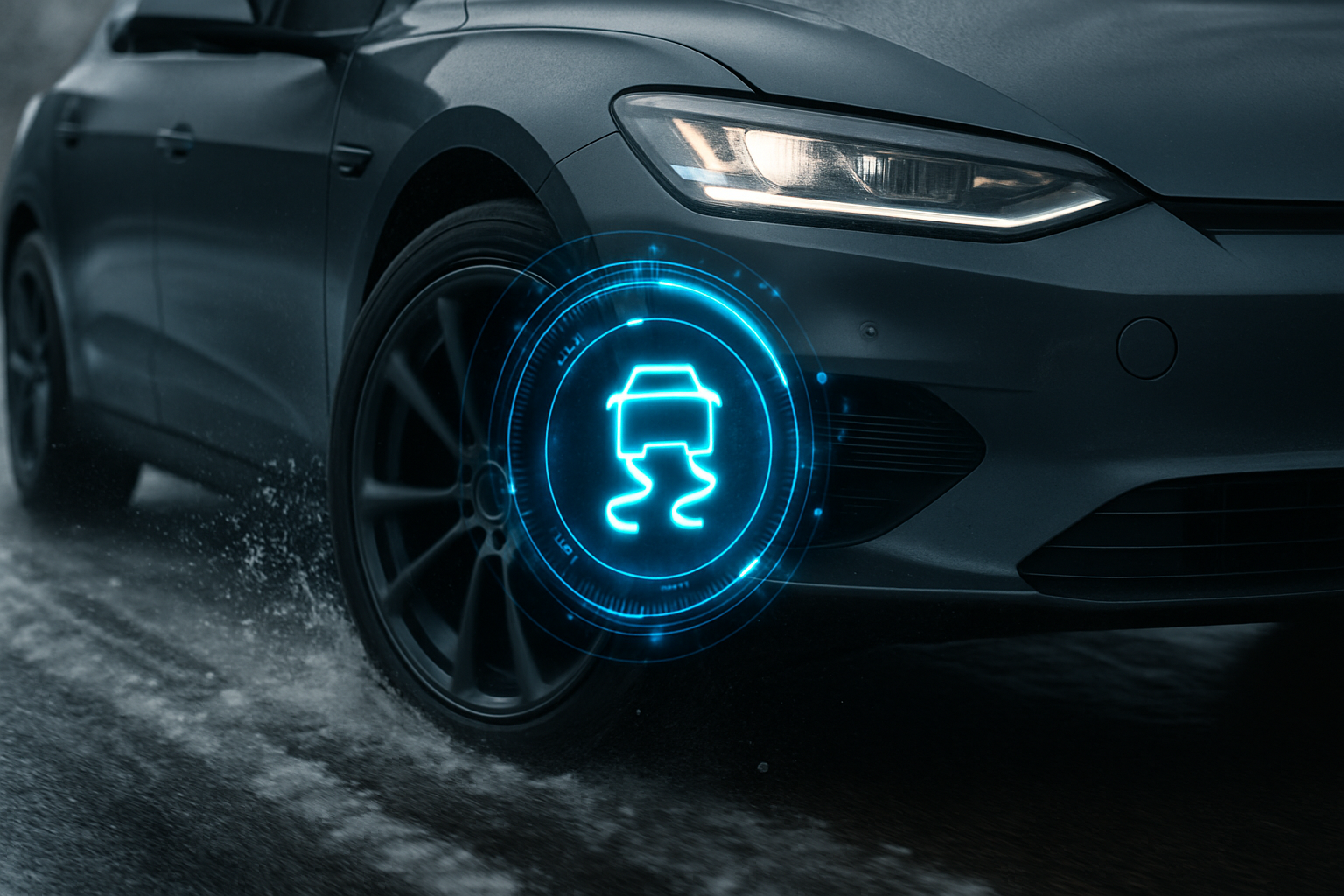Torsion Beam Suspension: The Unsung Hero of Automotive Engineering
In the world of automotive engineering, torsion beam suspension stands as an often overlooked yet highly effective solution. This ingenious system, balancing simplicity with functionality, has quietly revolutionized ride comfort and handling for countless vehicles. From compact city cars to family-friendly crossovers, torsion beam suspension continues to prove its worth, offering a blend of cost-effectiveness and performance that keeps both manufacturers and drivers satisfied.

Origins and Evolution
The concept of torsion beam suspension dates back to the mid-20th century, with early implementations appearing in European vehicles of the 1970s. As automotive engineers sought ways to improve ride quality while keeping manufacturing costs in check, the torsion beam emerged as an innovative solution. Its compact design and reduced component count made it particularly attractive for smaller vehicles where space and weight savings were paramount.
Over the decades, the basic principle of the torsion beam has remained largely unchanged, but refinements in materials and manufacturing techniques have significantly enhanced its performance. Modern torsion beam suspensions often incorporate advanced high-strength steels and precision welding processes, allowing for optimized flex characteristics and improved durability.
Engineering Principles at Play
The genius of torsion beam suspension lies in its ability to provide both longitudinal and lateral compliance through a single structural element. As one wheel encounters a bump or pothole, the beam twists, allowing that wheel to move vertically while minimizing the impact on the opposite wheel. This interconnected movement helps maintain consistent tire contact and contributes to overall stability.
Additionally, the beam’s inherent resistance to lateral forces aids in cornering performance. During turns, the torsion beam resists body roll, helping to keep the vehicle planted and predictable. This characteristic makes torsion beam-equipped vehicles particularly well-suited for urban environments where quick direction changes are common.
Advantages in Manufacturing and Design
From a production standpoint, torsion beam suspension offers several compelling advantages. Its simplified design requires fewer components compared to more complex independent suspension systems, translating to lower manufacturing costs and reduced assembly time. This cost-effectiveness has made it a favorite among automakers producing high-volume, budget-friendly models.
The compact nature of torsion beam suspension also presents benefits in vehicle packaging. With no need for large control arms or multiple mounting points, designers can allocate more space to the passenger compartment or cargo area. This attribute has contributed to the system’s popularity in compact hatchbacks and small SUVs, where maximizing interior volume is crucial.
Performance Characteristics and Ride Quality
While often associated with economy cars, modern torsion beam suspensions can deliver surprisingly refined ride and handling characteristics. When properly tuned, these systems offer a good balance between comfort and responsiveness. The inherent simplicity of the design allows engineers to focus on optimizing spring rates and damper settings without the added complexity of multiple suspension links.
In everyday driving scenarios, vehicles equipped with torsion beam suspension often excel in ride comfort. The system’s ability to absorb small road imperfections while maintaining overall stability contributes to a smooth, composed ride. This characteristic is particularly appreciated in urban environments where road surfaces can be less than ideal.
Limitations and Engineering Challenges
Despite its many advantages, torsion beam suspension does have limitations that engineers must address. One primary challenge is the system’s tendency to exhibit some understeer during aggressive cornering. This characteristic, while contributing to predictable handling for average drivers, can be less desirable for performance-oriented applications.
Another consideration is the potential for wheel camber changes during suspension movement. As the beam flexes, the wheels may tilt slightly, affecting tire contact patches. While this effect is generally minimal in normal driving conditions, it can impact handling limits in more extreme scenarios.
Innovations and Future Prospects
As automotive technology continues to advance, so too does the humble torsion beam suspension. Engineers are exploring ways to further enhance its capabilities through the integration of adaptive damping systems and active roll control mechanisms. These innovations aim to address some of the traditional limitations of torsion beam designs while maintaining their core benefits.
Moreover, the ongoing push for vehicle electrification presents new opportunities for torsion beam suspension. The compact nature of electric drivetrains allows for greater flexibility in suspension design, potentially leading to hybrid systems that combine the simplicity of torsion beams with elements of more advanced independent setups.
Conclusion
Torsion beam suspension, often overshadowed by more complex and expensive systems, continues to play a vital role in modern automotive engineering. Its blend of simplicity, cost-effectiveness, and performance makes it an enduring solution for a wide range of vehicles. As the automotive landscape evolves, this unassuming yet clever design is likely to remain a key player, adapting and improving to meet the changing demands of both manufacturers and consumers. The torsion beam’s journey from a cost-saving measure to a refined engineering solution serves as a testament to the power of innovative thinking in automotive design.





